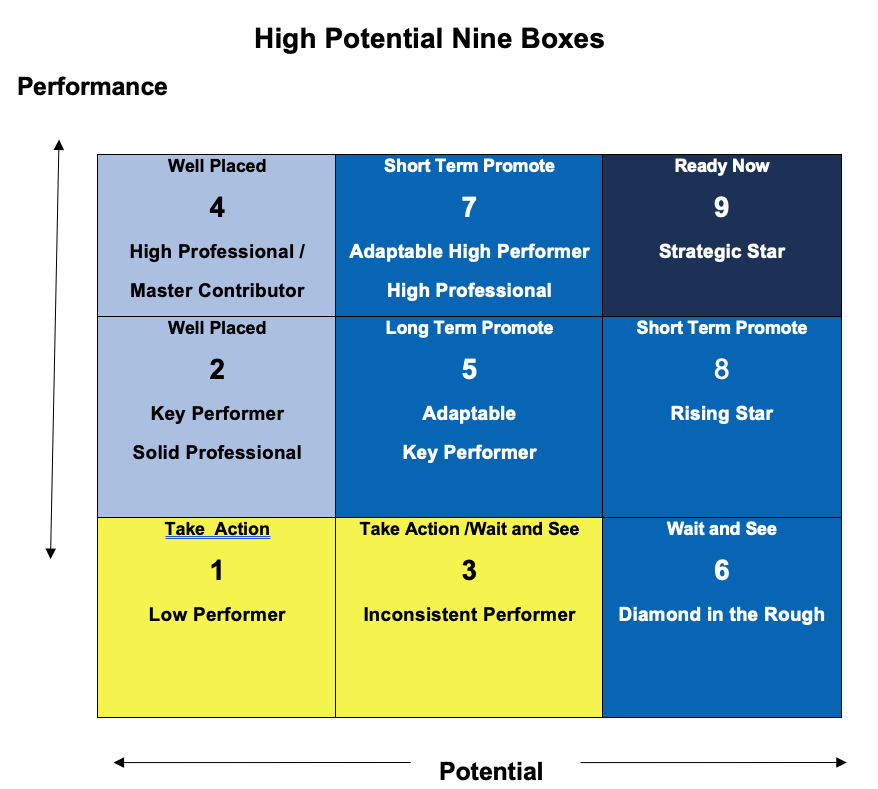This series of articles will dive into several management and leadership topics, including concepts, frameworks, and tools. We know these concepts are quickly touched on in school, so we want to provide enhanced insight through a case study-type of exchange that will ask you to think critically about the steps involved.
Succession Planning WHAT!
You are a CEO of a large organization, and your VP of Marketing and Operations tell you they are leaving for a different opportunity within the next month. What do you do? You call your administrative assistant and schedule a meeting with Human Resources (HR), Organization Development (OD), and the remaining VPs to discuss replacements. The CEO (you) asks their friend, an external business consultant, to join the meeting.
Next week arrives, and you sit in a boardroom with stakeholders and ask each other, “now what?” Two high-level executive leaders are leaving the organization.
The chief human resources officer (CHRO) chimes in and states they can hire an outside recruiter to headhunt replacements. However, it will be costly, and finding the right person can take a while.
Organizational Development states that they can develop training to help onboard the new executives, but that will take six months to create.
The remaining VPs provide a potential candidate for the replacement, which would be an internal hire. It would be much easier to transition and get these internal stakeholders up to date, but are they the right fit for the roles? How do we know?
The External Consultant states that they need to develop and identify a job profile based on the position being filled, but also need to identify the right talent for this position.
Guiding the discussion, the consultant continued to probe leadership for further insights. He asks,
- Where is the strategic plan, and how can we align with it?
- What data has been collected in the form of a SWOT analysis with an internal or external scan?
- Who are the identified high potentials?
- What is the training development gap of these high potentials?
- How can we get these high potentials trained and ready to lead?
The room looks at the external consultant, shocked and completely overwhelmed. They were unprepared for this type of concern.
The organization failed to plan its succession.
Succession planning is often put on the back-burner for years as organizations struggle to identify leadership talent. This is causing CEOs and Board Directors to work long into their retirement years. What can you do to help your organization prepare for succession planning?
Nine-Box Matrix
Nine-Box Matrix is a tool that labels and identifies high potentials for roles within organizations. This tool is used with data collection and analysis and is discussed in calibration meetings. A 9-Box should be done for each position or, at the very least, every department.
Does this solve all the organizational worries- no? But it does provide strategies so intellectual capital is not lost when people leave. Here is a Nine-Box Talent Review Matrix that Organizational Development Consultants use at the Institute of Organizational Development.

As can be seen, during our calibration meeting for one of the VPs, and based on the data collected from the performance reviews, we can discuss who is ready and who needs more development. Who is ready now and is a strategic star? Who needs to show initiative but has great potential? By identifying these high potentials early, the organization will be protected from vacancies at the C-suite level and any identified leave of need.
The goal here for this series is not to master the information but to see relevance and help with potential solutions for your organization.
Next week
Be sure to tune in next week when Dr. Zimmerman discusses how to leverage the SWOT analysis to provide greater insight into the nuances of business performance.
Dr. Daniel Zimmerman is the Dean of the School of Business and Technology at Aspen University. He is also an external consultant and international professor of management and organizational development. He resides in Illinois with his wife and three boys and three cats. Dr. Zimmerman can be reached at daniel.zimmerman@aspen.edu.

